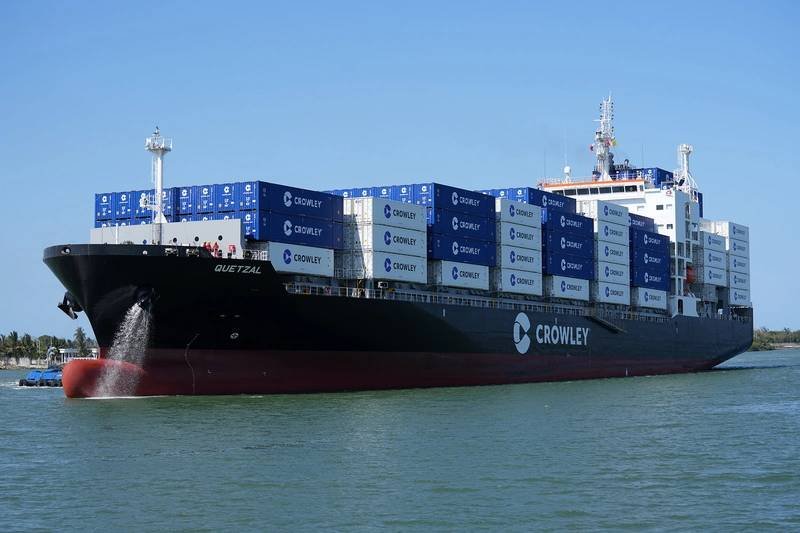Introduction
Shipping has long been the backbone of global trade, connecting nations and facilitating the exchange of goods. However, behind the scenes, there is a group of unsung heroes – seafarers – who endure challenging conditions to ensure goods are delivered safely. This article explores the current state of seafarers’ wages and conditions and highlights the pressing need for improvement.
The Current Challenges
seafarers have long faced numerous challenges, including low wages, long working hours, and inadequate living conditions. According to a recent article published in The National, the average seafarers wages have remained stagnant for years, failing to keep up with inflation and the rising cost of living. This has led to financial instability and increased pressure on seafarers and their families.
Furthermore, seafarers often work for extended periods without proper rest, leading to fatigue and increased safety risks. Inadequate living conditions, including cramped quarters and poor sanitation, further exacerbate the challenges faced by seafarers. These conditions not only affect their well-being but also impact their performance and ultimately the safety of the vessels they operate.
The Importance of Improving Wages and Conditions
Improving seafarers’ wages and conditions is not only a moral imperative but also a strategic move for the shipping industry. By investing in the well-being of seafarers, shipping companies can attract and retain talented professionals, ensuring the smooth operation of their vessels. Happy and satisfied seafarers are more likely to perform their duties effectively, reducing the risk of accidents and delays.
Moreover, enhancing wages and conditions can help address the ongoing issue of a shortage of seafarers. Many seafarers are leaving the industry due to the challenging work environment and lack of financial security. By offering competitive wages and better living conditions, the shipping industry can attract a new generation of seafarers and bridge the current gap in manpower.
Promising Solutions
The good news is that steps are being taken to address the plight of seafarers. International organizations, such as the International Maritime Organization (IMO) and the International Transport Workers’ Federation (ITF), are working towards improving seafarers’ rights and welfare. They have established regulations and standards to ensure fair wages, decent working hours, and improved living conditions for seafarers.
Shipping companies are also playing a crucial role in improving seafarers’ lives. Many leading companies have started implementing initiatives to enhance wages, provide better accommodation, and prioritize crew welfare. These efforts are not only beneficial for the seafarers but also contribute to the overall sustainability and reputation of the shipping industry.
Conclusion
The future of shipping relies on the well-being of its seafarers. By improving wages and conditions, the industry can ensure that seafarers are motivated, dedicated, and capable of handling the demanding nature of their work. It is essential for shipping companies, international organizations, and governments to collaborate and take concrete actions to uplift the lives of seafarers. Only by doing so can we secure a thriving and sustainable future for the shipping industry.
Share it now













